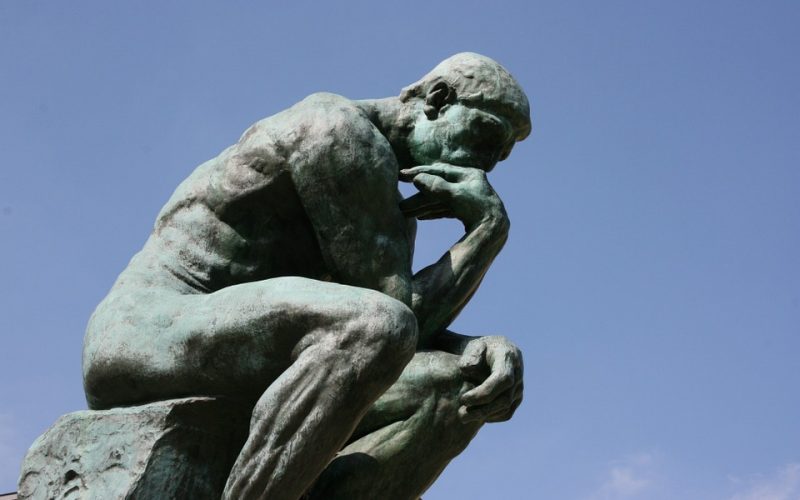Important Art Movements
Art has been a powerful mode of expression throughout human history, with various art movements leaving indelible marks on culture and society. Each movement brought with it a unique perspective, challenging conventional norms and inspiring artists to create masterpieces that continue to captivate audiences worldwide.
Renaissance and the birth of modern art
The Renaissance period, which spanned from the 14th to the 17th century, marked the beginning of modern art. It was during this time that artists in Europe began to move away from the predominantly religious themes of the Middle Ages, focusing instead on humanism and individual expression. One of the most iconic pieces from this era is Leonardo da Vinci's "Mona Lisa," renowned for its enigmatic smile and use of sfumato, a technique that creates a soft transition between colours. The Renaissance also gave us Michelangelo’s "David," a symbol of human strength and beauty, and Raphael's "The School of Athens," depicting the great philosophers of antiquity.
Baroque's dramatic flair
The Baroque period, spanning the 17th century, was synonymous with grandeur and drama. Art from this movement was characterised by exaggerated motion and clear detail, designed to evoke an emotional response. Caravaggio's "The Calling of Saint Matthew" is a quintessential Baroque piece, illustrating his mastery of chiaroscuro—a stark contrast between light and dark. Peter Paul Rubens also captured the Baroque spirit with his dynamic compositions and vivid interpretations of mythology and religion. His work, "The Elevation of the Cross," is a testament to the movement's dramatic intensity and grandeur.
Impressionism and breaking tradition
In the late 19th century, Impressionism emerged as a radical departure from the conventional art practices of the time. Artists like Claude Monet, Pierre-Auguste Renoir, and Edgar Degas sought to capture the transient effects of light and colour. Monet's "Impression, Sunrise" is perhaps the most famous piece from this movement, and it even inspired the name "Impressionism." This painting, along with others like Renoir's "Luncheon of the Boating Party," showcases the movement's focus on everyday subject matter, vibrant colours, and loose brushwork, inviting viewers to experience the world through the artist's eyes.
Modernism and the abstraction revolution
The 20th century ushered in Modernism, an era defined by a departure from traditional forms and an exploration of abstraction. Pablo Picasso's "Les Demoiselles d'Avignon" shattered conventional notions of beauty and composition, paving the way for Cubism. Meanwhile, Kazimir Malevich's "Black Square" exemplified the move towards pure abstraction, challenging viewers to find meaning beyond representational art. Modernism celebrated innovation, leading to diverse movements like Surrealism, with Salvador Dalí's "The Persistence of Memory," and Abstract Expressionism, marked by Jackson Pollock's "No. 5, 1948."
Pop art and the rise of consumer culture
The 1960s saw the rise of Pop Art, a movement that embraced the visual language of popular culture. Artists like Andy Warhol and Roy Lichtenstein used imagery from advertisements, comics, and everyday objects to blur the boundaries between high art and commercial art. Warhol's "Campbell's Soup Cans" and "Marilyn Diptych" are iconic examples of this movement, reflecting society's fascination with consumerism and celebrity. Pop Art challenged the art world's elitism, paving the way for a more inclusive and democratic approach to art.
Contemporary art and limitless possibilities
Today, contemporary art continues to evolve, driven by a desire to challenge conventions and explore new mediums. From Damien Hirst's provocative installations to Yayoi Kusama's immersive environments, contemporary artists push the boundaries of what art can be. This movement embraces diversity, incorporating digital technology, performance art, and social commentary. While there are no definitive pieces that define contemporary art, it is a testament to the limitless possibilities of human creativity and the enduring power of artistic expression.
Each art movement has left a unique imprint on the cultural landscape, producing timeless pieces that continue to inspire and provoke thought. From the Renaissance to contemporary art, these movements have challenged artists and audiences alike to see the world differently, reminding us of the transformative power of art.




















